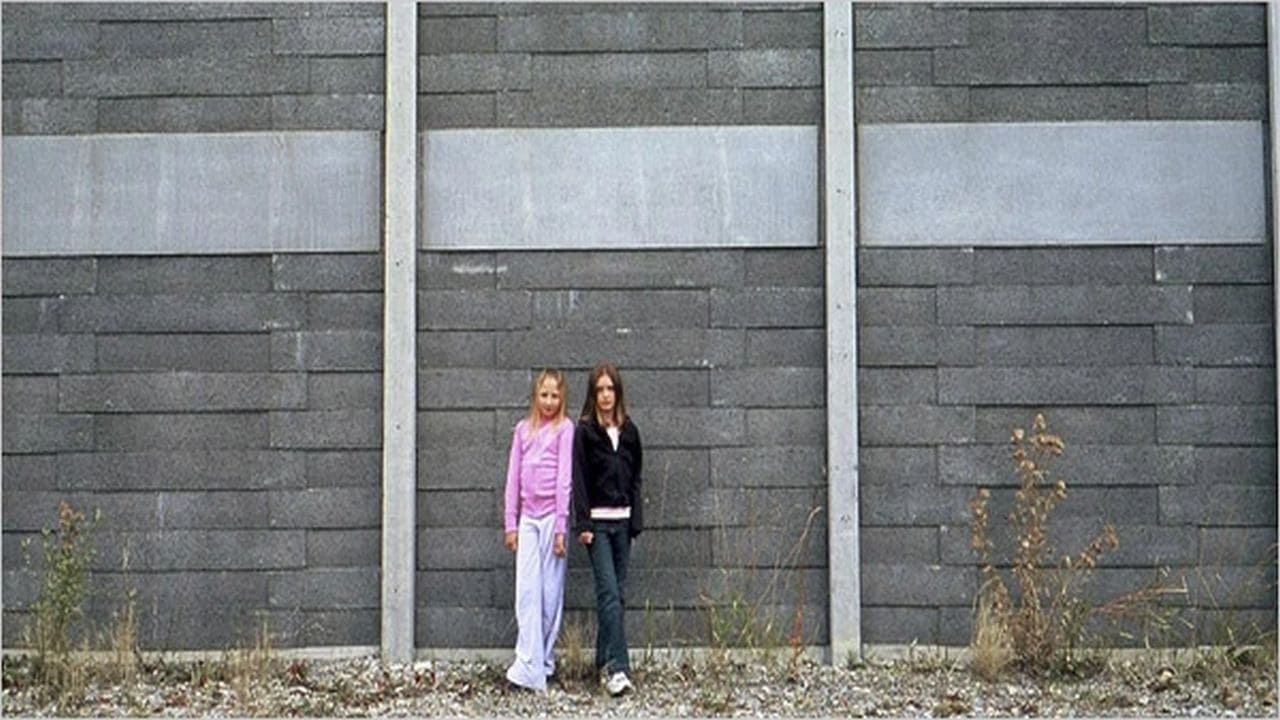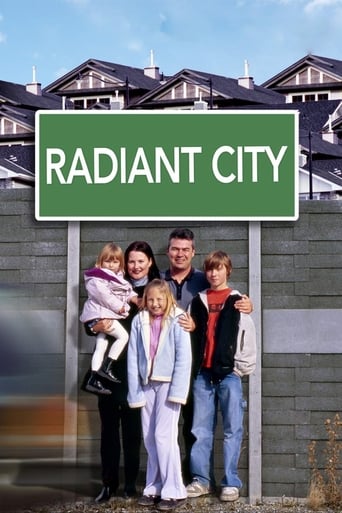

Really Surprised!
... View MoreLack of good storyline.
... View MoreTrue to its essence, the characters remain on the same line and manage to entertain the viewer, each highlighting their own distinctive qualities or touches.
... View MoreA movie that not only functions as a solid scarefest but a razor-sharp satire.
... View MoreYet another disjunctive 'documentary' about the 'horrible evils' of suburbia, even tho millions of people want to live there.One 'expert' says, James Howard Kunstler: "Eighty percent of everything ever built in North America has been built in the last 50 years. And most of it is brutal, ugly, depressing, unhealthy, and spiritually degrading." Um...he is talking about cities.Let see cities...crowding, rat like feelings, noise, pollution, crime, high cost of condos, poor schools, constant construction noise why would you ever leave?Oh, the burbs, nice yard, garage, garden, wholesome activities, clean environment, no noise, birds, squirrels, deer and a closer touch with nature, more bedrooms for kids, better schools, and no high rise Soviet style urban housing.If you think kids taking gymnastics is funny, try having them on the street shooting each other and lingering on corners selling drugs. How is that for your cityscape.In a funny ironic twist - this clone of other 'documentaries' is a carbon copy to the same worn out theory - suburbs bad, city good. Give me a break. And the same 'experts' with their pet theories on human behavior. Ever ride the subway in NYC? No one and I mean no one looks or talks to each other - they know better. They might get shot. So much for their bogus 'community theories' that are fantasy.
... View MoreI was initially attracted to this movie because there is a song by Alien Sex Fiend called, "Radiant City". It doesn't have anything to do with this film. But I am half way through it and it creeped me out as much as Gothic bands might creep conservative people out. As a person who has lived three places in her life -- small country town, European city and American city, San Diego, where I am now -- suburban life creeps me out. These people don't seem for real and since I took a breather to look this up half way through, I notice that maybe these people in the movie are actors and not really true suburbanites, so is this a play on how fake suburban life is in the first place? I thought this might be about the history of the suburb, which parts of it are, but it is more of showing it as a blight, but maybe not a 100% correct one...that loses favor with me. If these people aren't actors, then it is a good piece, because it shows me why I don't want to live in a big new house in the suburbs and be content with my overly small for American consumption 700 sq. ft. condo that is in a neighborhood that is one of the oldest in San Diego and walking distance to non-corporate restaurants, stores and local indie theatre, which ironically, would show this movie. The mom is like frantic Julianne Moore, maybe they should have gotten her for the role. Except I don't want to insult Julianne Moore by saying that.I am not a typical American, unlike a lot of people I know. Many people I know drive long distances to work in their overly large SUVs, SUVs they don't even need because they don't even have kids yet. Then these people complain about not being in walking distance of anywhere, how much gas is, or the time wasted commuting. Well, there are many places to live that are affordable besides the suburbs and I can't be convinced that more crime happens in the city than in the suburbs. There are plenty of kids in my neighborhood that play here and don't get shot, get in a gang or do drugs. I think the level of drug use might be higher in suburbs anyway, since those kids would have more money to buy them and less options as far as entertainment.In short, I am not sure how if I should recommend this or not. For one, it is a bit depressing and not too informative about the history of suburbs and if the director hired actors to play the roles, it is even sadder. It would get about an 8 if I knew these were real people, a 4 if they aren't so I guess I'll average those into an "ok" 6, since so many people in this film say their new large house are just "ok".I am glad I live where I do, even if there is crime here and there. It has a history, a sense of space, art and music festivals happen down the street and you can walk to a lot of places. I guess the film is scaring me into believing all suburbanites are crazy, neurotic, close minded people who can't get out of the circle of their own opinion enough to empathize with anyone else. Their kids grow up dysfunction because they can't walk anywhere or get a sense of an independence. The kids shooting paintballs really brought up school shootings to me, since most of the time, it happens in suburban areas. I think that might have been acted out rather than reality...I wonder how much of this movie is real and not staged. OK, maybe this film is just making me mad more than making me think!I have yet to see the end, but I feel it will be unsatisfying or at best, "ok".
... View MoreThere's a surprise, 'trick' ending to this documentary, but it doesn't really matter. We are given a revealing close-up of life in suburbia, those densely populated, manufactured wastelands that may have been obsolete 20 years ago. The film was made in and around Calgary, Alberta, Canada, but, given the physical sameness of suburbia, it could have been made anywhere in Canada or the U.S. We see endless streets with almost identical homes, 'permanent' construction resembling war zones, no trees, no natural parks, no sidewalks, no people. But we DO see masses of vehicles, and super-duper shopping malls that have everything a human being will ever need in war or peace, feast or famine. The inner city evolved 'organically' (according to one observer in the film). Conversely, the suburbs are pre-packaged 'communities' where all buyers need is an ample wallet and at least two gas-guzzling vehicles (one MUST be an SUV, apparently). A sense of 'togetherness,' as generally understood, is artificially imposed or flat-out illusory. Like secreted apartment dwellers in big cities, single-family suburban dwellers often barely know their neighbours.Public transit, walking, cycling, etc. are simply non-starters when suburbanites live two hours from their jobs. According to the film, they spend an average of 55 DAYS (!!) a year on the roads, mostly commuting back and forth to work.(Late Note: In March 2008, 'Radiant City' won the Genie Award --often called Canada's version of the Academy Awards -- for best Canadian documentary film.)
... View MoreThe pros and cons of the type of suburban sprawl that characterizes the second half of the XXth century, the exodus of the inner-city dwellers to the homes and low-rises of the suburbs, and the consequence of this form of urbanism on communities and people. Those are the primary topics of this needling documentary. By means of (1) following a family of sorts as they cope with the pluses and minuses of living on one of the residential pods of modern car-based urbanism, (2) fascinating statistics, and (3) interviews with academics, urban planners and critics, the film paints a mixed view, though the bias is obviously against that form of social organization. Some of the interviews are trenchant and humorous, especially those of James Howard Kunstler. Just those are worth the price of admission.The film has a surprise in store, but even after the cat is out of the bag, the main points are not in the least affected.
... View More